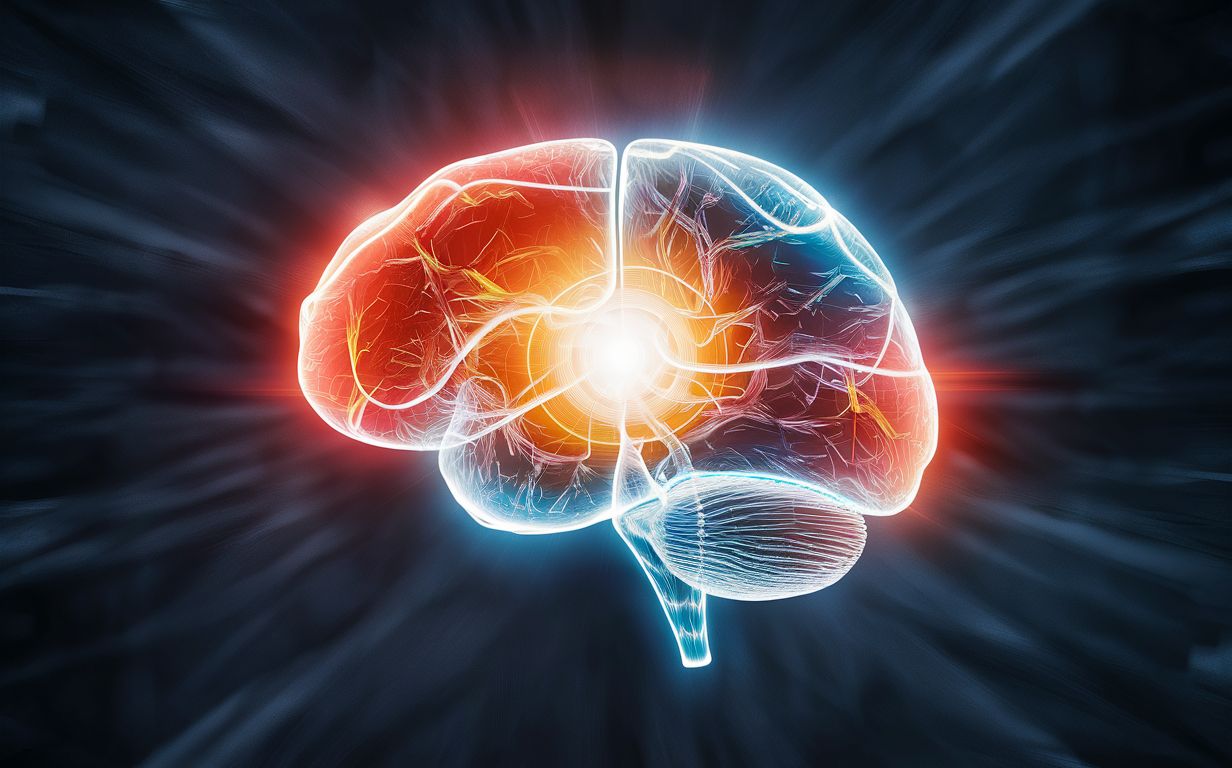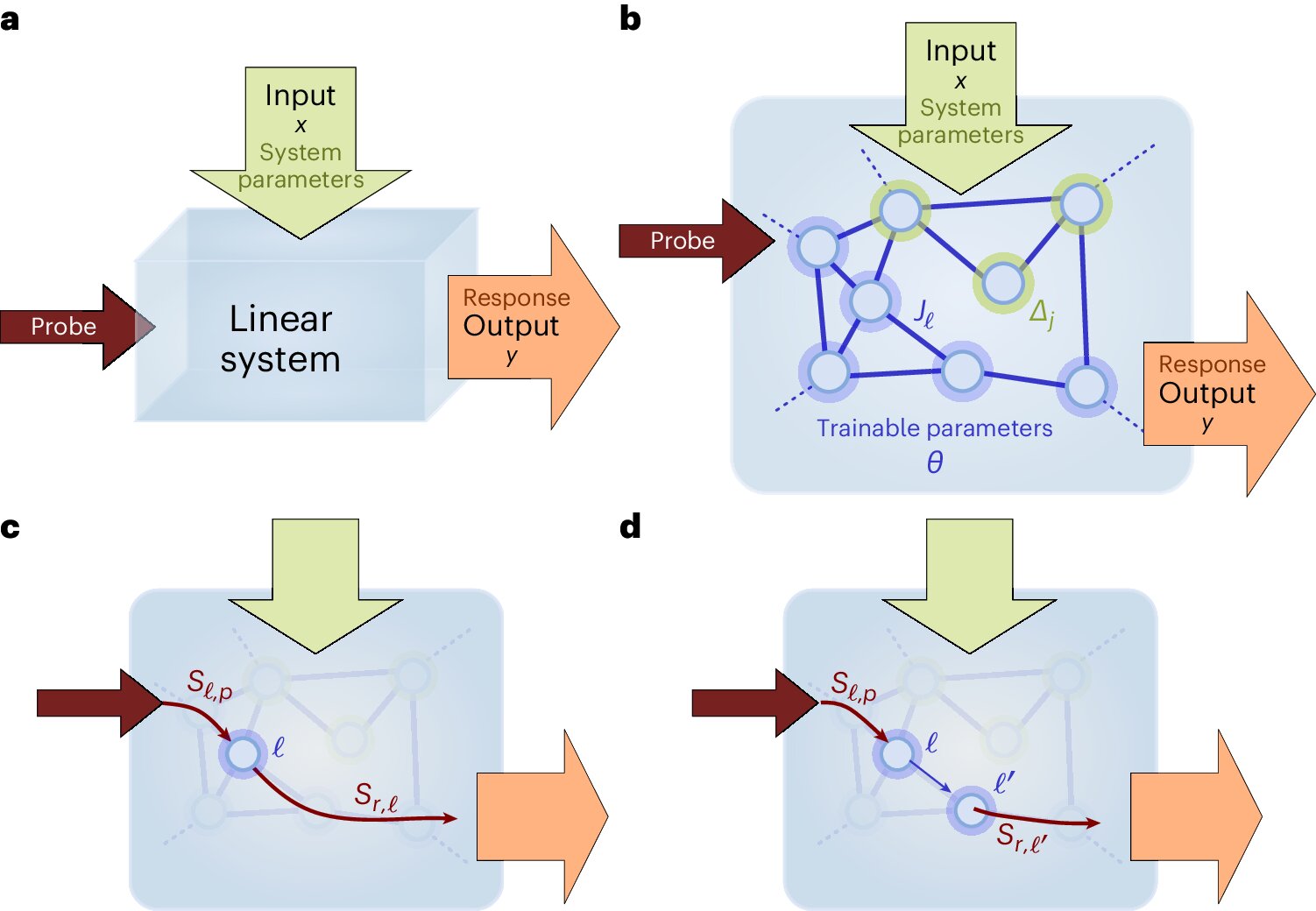ChatGPT and other AIs incredibly faster and more efficient with this "luminous" technology
Follow us on Google News (click on ☆)

Currently, machine learning and AI technologies are expanding rapidly, from vision tasks to text generation, as exemplified by ChatGPT. However, this resource-intensive growth has led to increasingly complex neural networks, sometimes containing billions of parameters, which is energetically unsustainable.
To address this issue, the field of neuromorphic computing seeks to replace digital neural networks with physical networks, capable of performing the same mathematical operations more quickly and efficiently. Optical and photonic platforms are particularly promising due to their low energy consumption and computational speed limited only by the speed of light.
However, two major challenges remain: the need for high-power lasers to perform complex mathematical calculations and the absence of an effective learning method for these physical networks. The method proposed by Clara Wanjura and Florian Marquardt overcomes these obstacles by modifying light transmission.
This approach avoids the complicated physical interactions necessary for mathematical functions, thus reducing the need for high-power light sources. Additionally, learning and inference (exploitation) of the network become simpler, requiring only the passage of light through the system and observation of the transmitted light.

Fully nonlinear neuromorphic system with linear wave propagation.
Credit: Nature Physics (2024). DOI: 10.1038/s41567-024-02534-9
The researchers' simulations have demonstrated that this method can be used for image classification tasks with accuracy equivalent to that of digital networks. The next steps include experimental collaborations to explore the implementation of this method on different platforms, opening up new possibilities for neuromorphic devices.